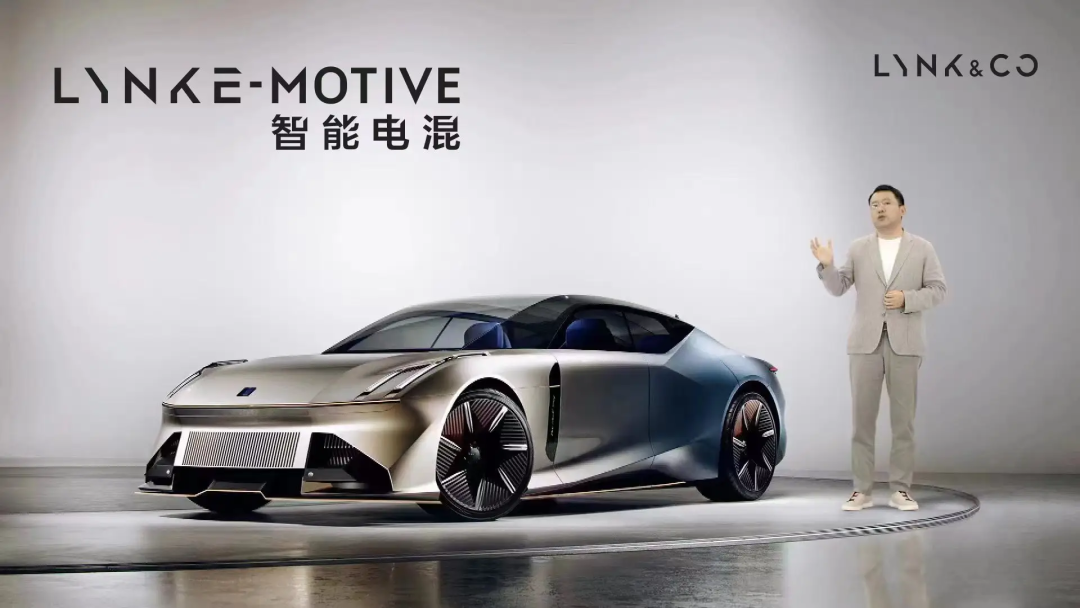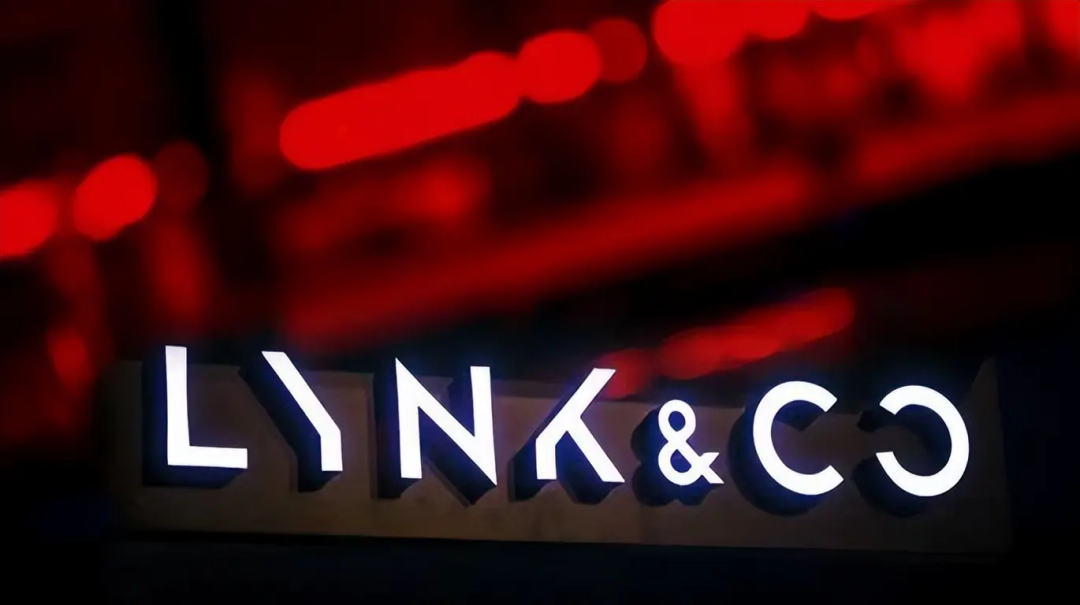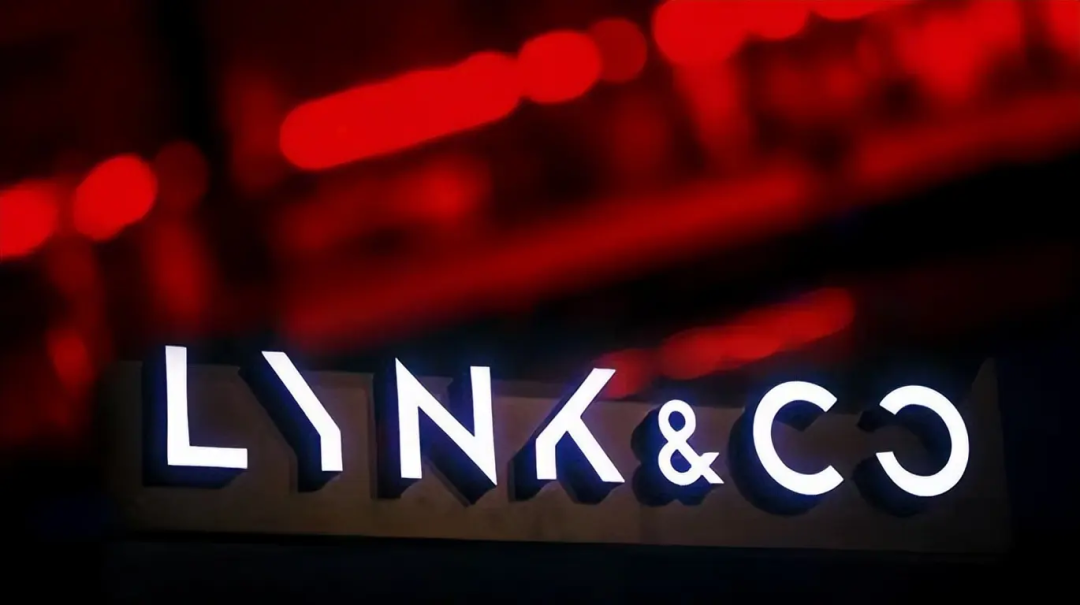Author | Roomy
Editor | Zhou Changxian
In fact, the title is a bit unfair to Lynk & Co.
Since its inception, Lynk & Co has been linked to “young people”. For at least six years, the two have been inseparable. At every auto show, Lynk & Co is destined to be the stage where young people gather, setting off trends that are different from any other domestic brand. To put it bluntly, it’s like “dancing with young people.”
Lynk & Co’s goal is also clear. It aspires to go its own way, not comparing itself with other brands, and walking its own path in the right direction, which is the spiritual resonance between Lynk & Co brand and its users.
However, the times are the cruelest, and in the blink of an eye, you may find yourself being told, “You’re getting left behind.” Four words are enough to disrupt a mature enterprise. Young Lynk also needs to face this issue. The path they have walked with young people has been submerged by the wave of intelligence. Now, if you ask young people what brand they like, Lynk’s frequency of appearance in the top has decreased significantly.
In fact, the foreshadowing has already been laid. The Lynk ZERO concept car, which was released in 2020, has hinted that Lynk & Co will redefine the rhythm that belongs to young people two years from today.
Can they find it?

On June 6, at the 2022 Lynk & Co spring and summer launch event, Lynk & Co brought the intelligent hybrid technology, Lynk E-Motive, and the first concept car equipped with the technology, The Next Day, to showcase the brand’s new technology direction and design language, hoping to answer this question.
The “Sacrificial” Lynk & Co
In the current trend of new energy, it was somewhat expected that Lynk & Co chose the hybrid route under the strong push of Geely Auto Group. This kind of helplessness has been written into the footnote from the Lynk ZERO concept car to the Ji Ke 001.
In the multi-brand operation, Geely has not been very successful. In an era where a single technology can change the fate, the steady and solid pace will make one panic. After the emergence of new brands like LanTu and ZhiJi, Geely could not sit idly by.
Subsidiary new energy brand Geometry did not improve, and Geely had to play a new card to display its foresight and understanding of the pulse of the times. Therefore, it is said that “Geely sacrificed Lynk & Co, and used Ji Ke to respond to the earth-shaking changes caused by Tesla and We Xiaoli.”
Of course, there are supporters and critics of this view. But it does not affect the current situation of Lynk & Co, that they must change the current situation.
 ## 2022 Lynk & Co Spring/Summer Launch Event
## 2022 Lynk & Co Spring/Summer Launch Event
Overall, the 2022 Lynk & Co Spring/Summer Launch Event was a well-produced and high-quality event. However, it was still apparent that Geely did not have complete confidence in the upcoming changes for Lynk & Co.
The event content, which included music, dance, skateboarding, travel, and different styles of clothing, seemed to cater to the younger generation, or what is commonly referred to as “Generation Z”. This is also reflected in various reports that describe Gen Z as people who pursue pleasure, enjoy experimenting, and value experience over money. Perhaps Lynk & Co has a similar image of its younger consumers. Therefore, it was not surprising when some comments suggested that Lynk & Co should leave the interpretation of its brand to the younger generation. It was reminiscent of the situation when Gen Z failed to resonate with “The Next Wave,” a song that was targeted towards their demographic.
Of course, this shows how Lynk & Co is still stuck in a traditional car industry mindset, which is an issue that many legacy automakers face. It is not easy to break away from familiar and comfortable ways of thinking and embrace change. However, Lynk & Co has demonstrated its determination and the necessary technology for change. The intelligent-electrified technology Lynk E-Motive and the first concept car, The Next Day, represent the clear direction that Lynk & Co wants to take, with an unyielding focus on hybrid technology.
It is expected that Lynk & Co would choose hybrid technology instead of the pure electric line, as pure electric is already the direction that Xpeng has taken. There is a comment on Zhihu from a user that is interesting, “Hybrid technology positioning saves Lynk & Co.” In today’s rapidly changing smart car industry, the word “saving” is not an exaggeration.
Geely Auto Group CEO An Conghui’s view on the three driving routes has provided a clear positioning for the three brands, Lynk & Co, Geely, and Xpeng: “pure electric doesn’t have the imagined advancement, fuel cars don’t have the perceived tradition, and hybrids are not a transitional route.”
In fact, Lynk & Co started to lay out its hybrid strategy as early as 2018. Currently, the Lynk & Co 01, 05, 06, 09 and other models have applied hybrid technology, such as hybrid and plug-in hybrid. In April of this year, the PHEV sales of Lynk & Co 09 accounted for 70% of its users, exceeding 21% of the brand’s total sales.
This is the first time that Lynk & Co has clearly announced its intelligent-electrified technology, which is seen as a direct challenge to BYD. However, Lynk & Co does not see this move as a reckless and impulsive decision, but as a result of accumulating expertise and experience over time.Firstly, after 6 years of brand operation, 6 products including Lynk & Co 01, 02, 03, 05, 06 and 09 have been launched, with a total of over 700,000 users, achieving market segmentation. Secondly, the hybrid technology has been validated by the market with mass-produced vehicles. Thirdly, the endorsement of the group’s technology. At the end of last year, Geely Automobile Group released the second-generation hybrid system “Raesr SHENZHI Hi-X”.
This is also why, in the age of electrification and intelligence, Lynk & Co still chooses the hybrid route. In fact, there is another reason that Lynk & Co 09 did not seize the breakthrough point of exploring the high-endization of the brand, which makes the average price of Lynk & Co models still around CNY 150,000, and it is difficult to have a higher breakthrough in fuel-based vehicles.
To move up the brand ladder, the technological route must be transformed. The several vehicle models produced by Håkan Samuelsson have already broken through the price ceiling that self-owned brands have difficult to break through in the fossil fuel era.
Transformation is the road that Lynk & Co must take, somewhat helplessly.
Grasping the Bull’s Horns
Li Shufu, the head of Geely, often says that companies should “grasp the bull’s horns” when doing research and development. Lynk & Co’s mastery of the next five years is to grasp hybrid technology.
Hybrid technology is a bull’s horn, a reasonable judgment.
In the “Energy-saving and New Energy Vehicle Technology Roadmap 2.0” plan, it is written very clearly that in 2035, energy-saving vehicles and new energy vehicles will each account for 50% of annual sales, with energy-saving vehicles achieving comprehensive hybridization.
One more thing, with Geely’s Raesr SHENZHI Hi-X, BYD’s DM-i, Great Wall’s Lemon DHT and other hybrid systems launched, relying on its advanced technology, high integration, excellent performance, and low cost advantages, it has torn up the situation where the mainstream of hybrid products is dominated by Japanese cars.
BYD’s hot sales, especially winning the championship for the first time in April this year, also prove the correctness of the hybrid technology route. Both policies and markets are pushing the hybrid route in both directions. At this point, Lynk & Co’s firm change in technological route can be said to be correct.
Ganyue Reading believes that although pure electric vehicles are the industry’s trend, fossil fuel vehicles still have a wide market in the next decade. He also stated that “we do not follow others blindly, but rather achieve excellence in our products before promoting them”.
He believes that Lynk & Co has reached that level. Previously, Lynk & Co 09’s exploration on the hybrid track had already demonstrated some ideas for Lynk & Co to enter the mid-to-high-end hybrid market.Just like that, there are still some questions that Lynk & Co needs to answer to steadfastly execute its new intelligent hybrid technology route: “What is the difference between Lynk & Co’s intelligent hybrid system and Geely’s LEVC Hi-X?” “How did Lynk & Co win the hybrid layout dispute?”
Technology overlap is a label that all brands under Geely have been given. At the beginning of the release of Lynk & Co’s first car model, the 01, which was developed based on the CMA Midsize Vehicle Architecture, it was regarded as a “technology replacement model for Volvo,” and the hat is still worn to this day. This has also resulted in Volvo being ahead and Lynk & Co’s high-end car models failing to make significant breakthroughs.
Indeed, Lynk & Co has some advantages in its transformation. This intelligent hybrid technology, Lynk E-Motive, originated from Geely’s LEVC Hi-X hybrid system and has made some improvements that fit the Lynk & Co brand characteristics.
This inevitably leads to a common topic. How can the same technology be differentiated in the market, and how can Lynk & Co’s prices impact mid-to-high-end users with the same technology?
From the current hybrid market perspective, there is a clear watershed. BYD DM-i and Geely’s LEVC Hi-X are crumbling the mainstream joint venture products priced around 150,000 RMB. The sub-segment market above 200,000 RMB belongs to the electric vehicle market of Tesla, Wey Xiaopri and other brands, and the hybrid route will be the opportunity for the Lynk & Co brand and E-Motive technology.
However, the condition for achieving this opportunity is that Lynk & Co’s hybrid must be significantly different from Geely’s LEVC Hi-X hybrid. Otherwise, the tag of “replacement of technology” will deepen again.
Geely’s LEVC Hi-X has two dedicated engines, the DHE20 and DHE15, and two hybrid transmissions, the DHT and DHT Pro. The combination of these components can fully cover the vehicle matrix from small to large sizes and support various power layouts, such as HEV, PHEV, and REEV. Among them, the DHE15 is a three-cylinder engine that achieves a thermal efficiency of 43.32% and is intended for the mainstream consumer market.
In fact, the basic components of Geely’s LEVC Hi-X are very rich. If you want to improve them to have the unique technical characteristics of the Lynk & Co brand, you need to use some brainpower.In the E-motive plug-in hybrid system, there are 3 hybrid engines, 2 hybrid transmissions and multiple power battery options that are compatible with two rear-drive electric motors. In addition, the Drive-E 2.0T T8 engine and three-gear DHT Pro are matched by Lynk & Co., which offers both pure electric long-range PHEVs with a range of 180 km and performance PHEVs that can accelerate in under 5 seconds per hundred kilometers.
In the words of the official website, this intelligent hybrid system has three characteristics: fast start, strong power output in the high-speed phase, and good fuel economy. “Acceleration performance” and “endurance performance” are Lynk & Co.’s top priorities in the era of hybrid technology when aiming to become the most popular brand among young consumers. Whether this goal can be achieved depends on actual performance.
Lynk & Co.’s eagerness for transformation is evident.
On the product roadmap, Lynk & Co. introduced The Next Day, its first technical concept car, which represents the development direction of the next generation of products. In addition, they utilize a strategic model matrix: 4 models will be launched within 2022, 3 more within the next 2 years, and the entire lineup will be hybridized by 2025.
This means Lynk & Co. only has less than 30 months to complete its transformation. In fact, it is not enough time.
Since BYD released its DM-i super hybrid platform in January of last year, many established brands, such as Great Wall Motors, GAC, Changan, Chery, have followed suit to offer a new generation of hybrid systems, enriching the supply of hybrid products. Another force comes from new car-making entrants, with companies like NIO, Huawei’s Hicar and Jingkang Sailisi seeking to capture the market with hybrid technology.
Does Lynk & Co. have enough time to redefine the “rights of interpretation for young people” with its “intelligent” label by leveraging its hybrid line, as it did in the era of combustion engine cars in 2016?
This article is a translation by ChatGPT of a Chinese report from 42HOW. If you have any questions about it, please email bd@42how.com.
